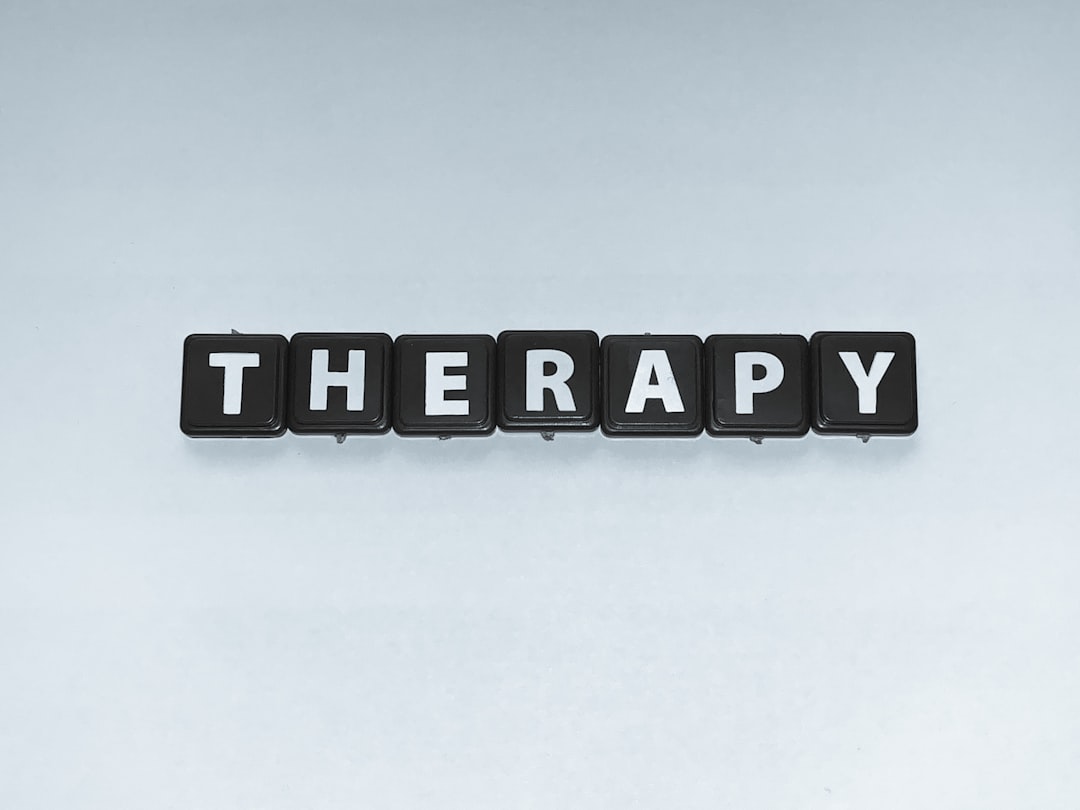What is it about?
Despite—or perhaps because—clinical consensus has been rapidly solidifying around gender affirmation as the best approach to trans youth care, some commentators have begun claiming that gender affirmative care is underpinned by homophobia and perhaps even tantamount to gay conversion therapy. This article draws on scientific data and the history of conversion therapy to show just how mistaken these accusations are. A strong majority of trans youth are queer after transition. Transphobia—whether social, parental, or internalized—is more prevalent and intense than homophobia. There is also little evidence that youth are prone to false beliefs about their gender identity. None of these facts square with the accusations, which appear groundless upon closer examination. Quite the contrary, a superficial survey of the history of conversion therapy highlights how opposing gender affirmation, rather than promoting is, has been integral to the history of conversion therapy. If anything deserved such a label, it is opposition to gender affirmative care. (Full version of the paper available under “Resources” on the right.)
Featured Image

Photo by Cecilie Johnsen on Unsplash
Why is it important?
We are experiencing a surge of new and renewed arguments being mobilized in opposition to trans youth care. These arguments aim at bypassing the existing scientific literature, which strongly favours gender affirmation, by positing a new subgroup of trans people to whom the evidence base wouldn’t apply. Engaging with these arguments in scientific publications is integral to preventing well-meaning but non-specialised professionals from being misled by these claims. This article seeks to undermine one such argument, which is closely tied to the unfounded pseudo-diagnosis of rapid-onset gender dysphoria, on which I have often written. The pseudo-diagnosis posits a new subgroup of vulnerable youth falsely believing that they are trans as a solution to their problems, due to social contagion. In recent years, the concept has become a leading rhetorical instrument of anti-trans care movements.
Perspectives
Countering transantagonism in a formal context is a challenging and frustrating endeavour. This is doubly true in the peer-reviewed context where you are often tasked with responding to reviewers who are less than enthused by trans-affirmative care. These interactions are an opportunity to further strengthen the arguments presented, especially when backed by supportive editors, but they are no less emotionally taxing. For marginalised groups, scholarship isn’t just the challenge of thinking and writing. It’s also the additional challenge of attending to and preserving our emotional health—often the greater challenge. Despite the difficulties that came with writing and publishing this piece, I’m ecstatic to see my views come to light and contribute to the further entrenchment of gender-affirmative care.
Florence Ashley
University of Toronto
Read the Original
This page is a summary of: Homophobia, conversion therapy, and care models for trans youth: defending the gender-affirmative approach, Journal of LGBT Youth, September 2019, Taylor & Francis,
DOI: 10.1080/19361653.2019.1665610.
You can read the full text:
Resources
Contributors
The following have contributed to this page










